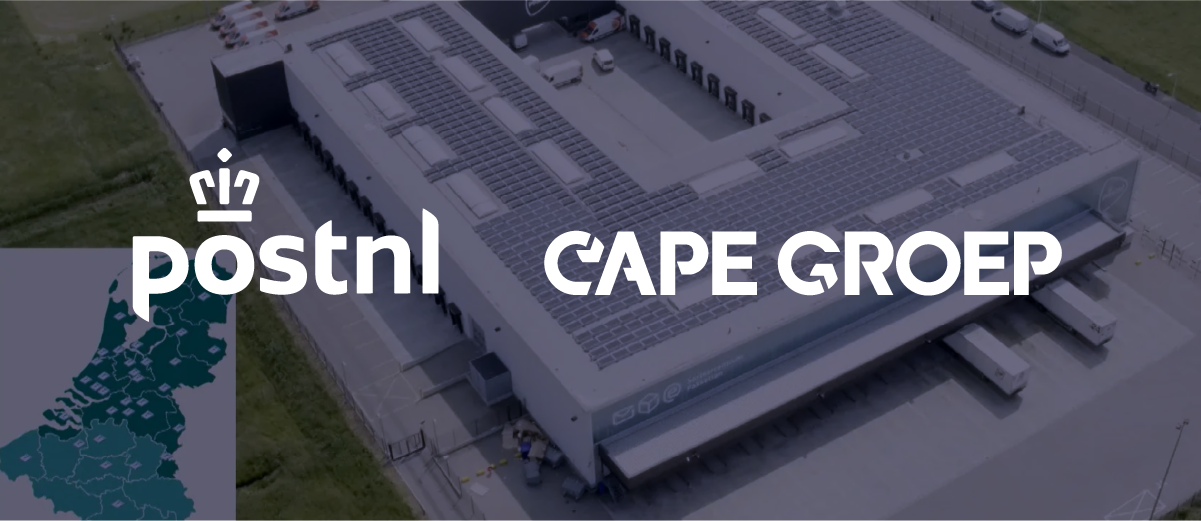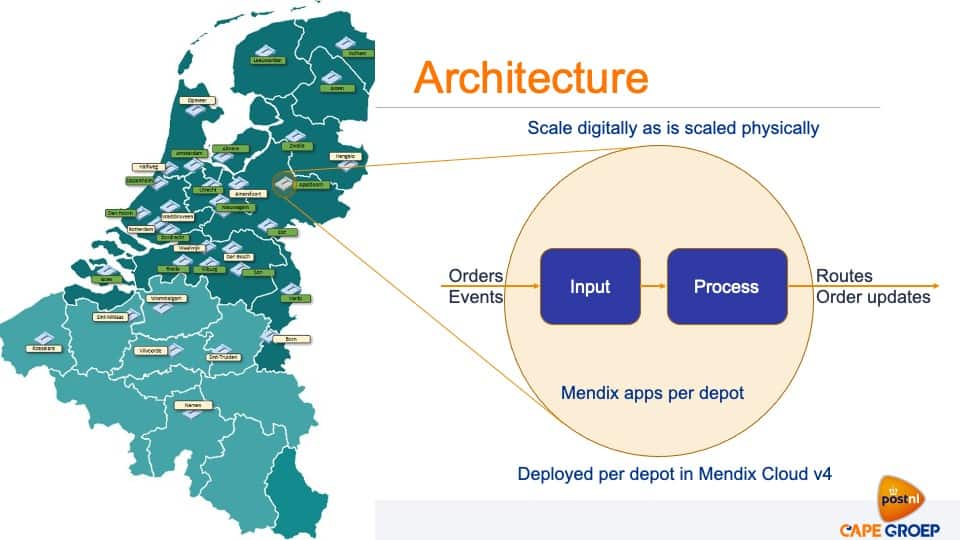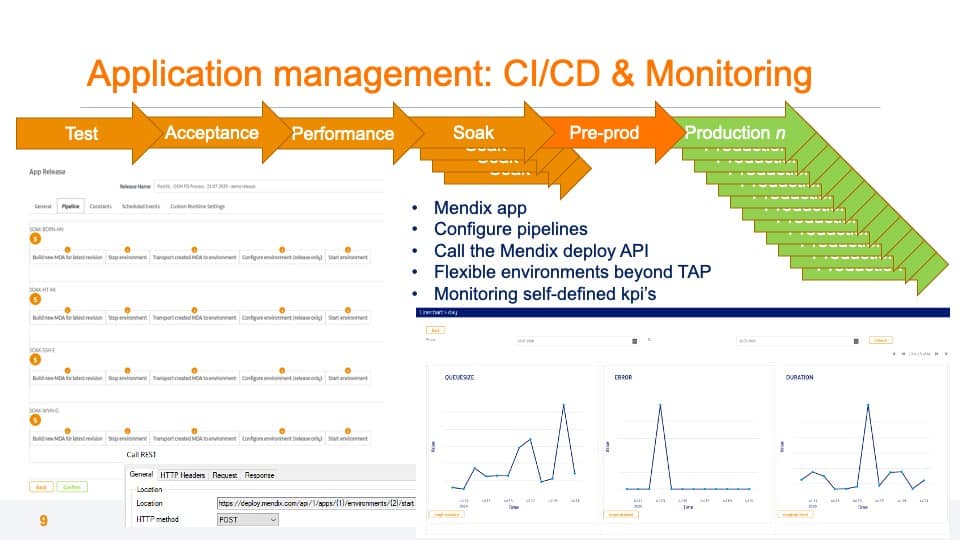PostNL’s Order Management System Processes 1M+ Orders Daily

PostNL isn’t your regular postal service. It delivers letters—about 6.8 million pieces per day— and parcels—about 1 million per day— across the Benelux region, but also furniture, cold goods, and medical supplies.
Basically, anything you deem essential to everyday living, PostNL can deliver. In the past 10 years, the number of parcels delivered by the company has doubled.
And demand for those parcels has only increased since the beginning of the pandemic. Many people don’t feel comfortable going out to a store anymore to buy what they need, so e-commerce has boomed.
PostNL has 32 sorting centers, or depots. About 4,000 drivers deliver the parcels along set routes to homes and businesses in The Netherlands and Belgium. PostNL’s prides itself on delivering each package in a timely manner, at its correct destination.
This isn’t always easy: The supply chain is complex and very sensitive to changes in demand. The largest number of packages is processed at the end of each year during the holidays, and for years, a single IT system used to handle the packages sorted in the days leading up to this period.
The company’s architecture needed to change significantly to process the large increase in orders. As eCommerce drove a significant growth in parcel deliveries, roller cages with all kinds of items — small parcels, big parcels — continued to gather in warehouses every morning across the country.
The old way of supporting delivery required manual data entry across multiple users and interfaces, and as the parcel business continued to grow, the risk of data errors and system outages grew alongside it.
The Mendix development platform was PostNL’s platform of choice to deliver their new vision as it:
- Offers customization
- Improves flexibility
- Supports scalability
- Manages the continued, meteoric growth of eCommerce
Solving Macro Problems with Microservices
PostNL and Mendix, alongside CAPE Groep, a consultancy and Mendix services partner, built a robust data management system capable of handling the growing complexity and expectations of the digital economy.
For each parcel being delivered, there are 18 events or touchpoints, essentially meetings between a package and checkpoints along the electronic processing chain that guide the parcel towards its destination. This chain contains information, or metadata, including where the package should be delivered, at what time, and if a signature is required or not. The result is 10 million transactions that need to be processed on PostNL’s IT systems each day.
To support this massive, complex array of transactions, the team devised an architecture consisting of 64 applications designed as microservices.
Each of PostNL’s 32 sorting centers is assigned two dedicated services:
- An input service, which is responsible for receiving orders
- A process service, which handles changes to those orders
Each service is assigned a duplicate version in the event that another goes down.
PostNL is committed to delivering your package on time, or according to pre-specified parameters, and these duplicates are a failsafe that strengthen that guarantee. This mesh of applications sends the parcel’s route to a field services platform and transmits order updates to the rest of PostNL’s ecosystem to inform its users about the status of the order. Everybody remains up-to-date.

This setup ensures PostNL’s delivery system is agile, user-friendly (users log in at a single access point), and inherently robust. Built with redundancy and resiliency as non-negotiable priorities, these two sets of services, each for input and process, ensures the system is highly available and resistant to failure.
Beyond its robustness, the system’s reach is impressive – roughly 4.5 million people can follow parcels and re-route deliveries, if necessary.
Finally, Mendix enables active monitoring of the delivery process. If the queue size, or duration, is taking too long, it can be handled proactively before it becomes a problem. This mesh of applications is enabled by Mendix’s CI/CD pipeline flexibility, allowing PostNL to have a proactive look at the state of their solutions as they’re deployed. If necessary, developers can target updates into this mesh while the system is live, allowing business process to adjust on the fly.
Additionally, if an error in the queue arises due to size or duration, the PostNL team can proactively adapt their process to handle it.

All of the above information is necessary to produce an experience that’s speedy, reliable, and personalized.
“We need information about where to deliver [an order], how to deliver it, at what time to deliver it; Do we have to get a signature?; ‘Are we allowed to deliver the parcel with the neighbors?’ and so on, and so on,” said Neuteboom.
“If we don’t have the information, we can’t do it really efficiently,” he added.
Building Trust for the Future
Today, PostNL’s sophisticated architecture serves as a world-class model for other postal services. As our lives continue to play out online, it continues to look for new and better ways to serve customers.